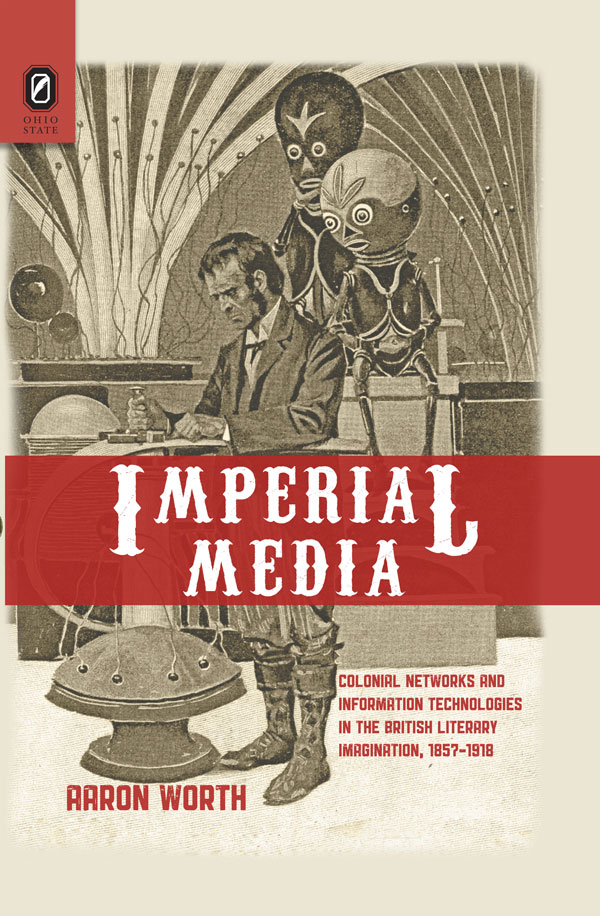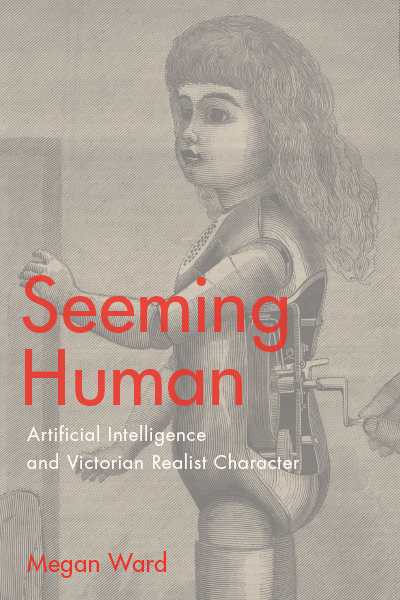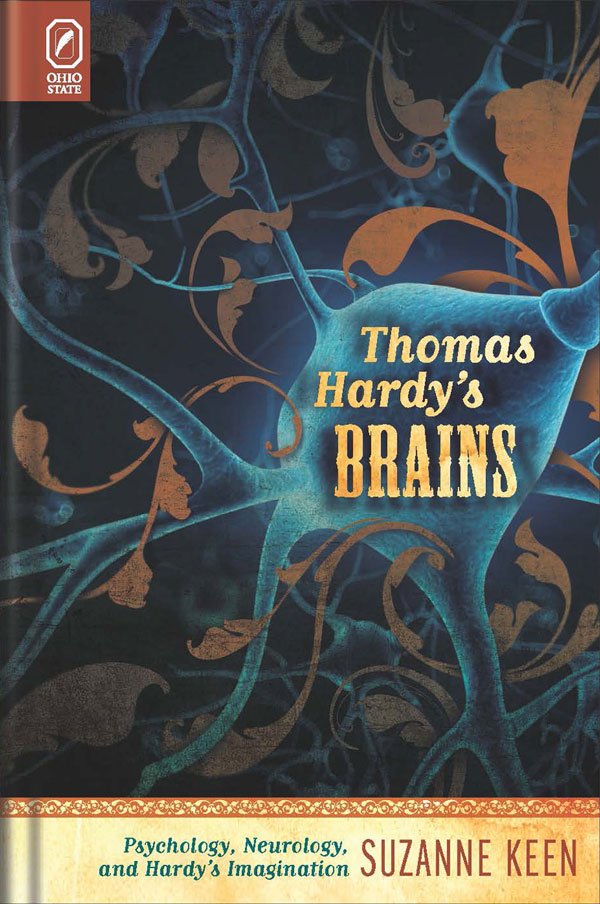Shortlisted for the 2018 The British Society for Literature and Science book prize.
Hear Megan Ward discuss her book on the New Books Network podcast.
“Literary realism has been a recurrent subject of revisionist scholarship for several generations of critics and scholars. Seeming Human both exemplifies this strain of criticism and contributes to it in a way that is not only innovative but utterly unique.” —Richard Menke, author of Telegraphic Realism: Victorian Fiction and Other Information Systems
“Seeming Human is a surprising and inventive project that successfully challenges conventional wisdom in literary studies on three important questions: historical methods, the realist novel’s representation of consciousness, and the relation between humans and machines.” —Caroline Levine, author of The Serious Pleasures of Suspense: Victorian Realism and Narrative Doubt
Seeming Human: Artificial Intelligence and Victorian Realist Character offers a new theory of realist character through character’s unexpected afterlife: the intelligent machine. The book contends that mid-twentieth-century versions of artificial intelligence (AI) offer a theory of verisimilitude omitted by traditional histories of character, which often focus on the development of interiority and the shift from “flat” to “round” characters in the Victorian era. Instead, by reading character through AI, Megan Ward’s Seeming Human argues that routinization, predictability, automation, and even flatness are all features of realist characters.
Early artificial intelligence movements such as cybernetics, information theory, and the Turing test define ways of seeming—rather than being—human. Using these theories of verisimilitude to read Victorian novelists such as Elizabeth Gaskell, Margaret Oliphant, Anthony Trollope, Thomas Hardy, and Henry James, Seeming Human argues that mechanicity has been perceived as anti-realist because it is the element that we least want to identify as human. Because AI produces human-like intelligence, it makes clear that we must actually turn to machines in order to understand what makes realist characters seem so human.
Megan Ward is Assistant Professor of English at Oregon State University.
Contents
Acknowledgments
Introduction AI as a Theory of Character
Chapter 1 Development The Cybernetic Feedback Loop of Domestic Realism
Chapter 2 Predictability The Informatics of Character
Chapter 3 Flatness Trollope, Turing, and the Art of Imitation
Chapter 4 Mind Hardy, James, and Theories of Artificial Mind
Epilogue How a Machine Thinks . . .
Notes
Works Cited
IndexRelated Titles:

Imperial Media
Colonial Networks and Information Technologies in the British Literary Imagination, 1857–1918
Aaron Worth





